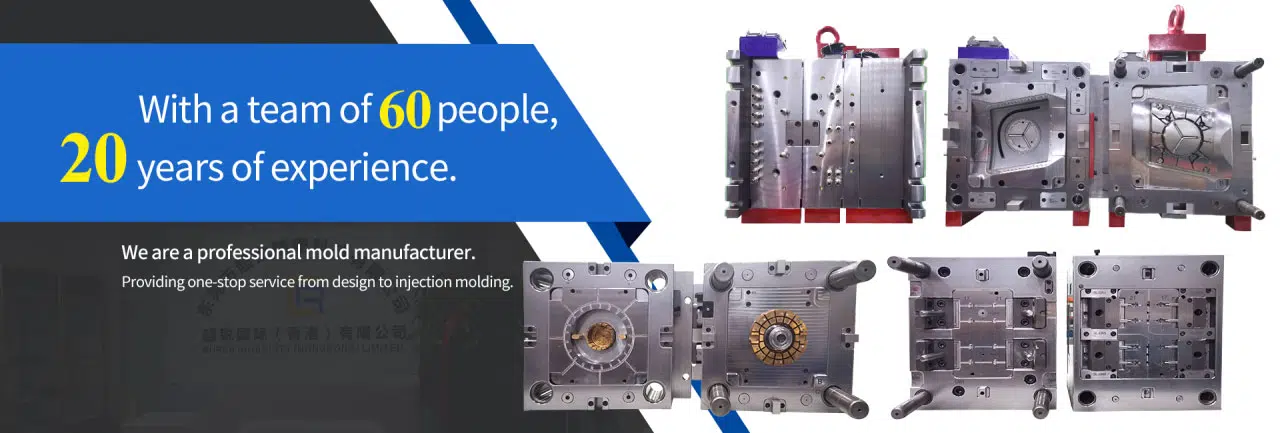
# Vacuum Casting Process in Manufacturing
## Introduction to Vacuum Casting
Vacuum casting is a widely used manufacturing process that enables the production of high-quality plastic and rubber parts. This technique is particularly valuable for creating prototypes, small production runs, and complex geometries that would be difficult or expensive to produce using other methods.
## How Vacuum Casting Works
The vacuum casting process involves several key steps:
1. **Master Model Creation**: A master model is first created, typically using 3D printing or CNC machining.
2. **Silicone Mold Making**: The master model is then used to create a silicone mold under vacuum conditions.
3. **Material Casting**: Liquid polyurethane or other materials are poured into the mold while maintaining vacuum pressure.
4. **Curing**: The material is allowed to cure, usually in a temperature-controlled environment.
5. **Demolding**: Once cured, the part is carefully removed from the mold.
## Advantages of Vacuum Casting
Vacuum casting offers numerous benefits for manufacturers:
– **Cost-effective for small batches**: Ideal for production quantities ranging from 1 to 50 parts
– **High-quality surface finish**: Produces parts with excellent detail reproduction
– **Material versatility**: Can use various polyurethane resins with different properties
– **Fast turnaround**: Quicker than many traditional manufacturing methods
– **Complex geometries**: Capable of producing intricate designs with undercuts
## Applications of Vacuum Casting
This manufacturing process finds applications across multiple industries:
Keyword: Vacuum Casting
– **Automotive**: Prototyping interior components and functional parts
– **Medical**: Creating anatomical models and device prototypes
– **Consumer products**: Developing product concepts and design verification
– **Electronics**: Producing housings and enclosures for testing
– **Aerospace**: Manufacturing lightweight components for evaluation
## Comparing Vacuum Casting to Other Processes
While vacuum casting shares similarities with injection molding, there are important differences:
– **Tooling costs**: Vacuum casting molds are significantly cheaper
– **Lead time**: Vacuum casting offers faster production cycles
– **Material options**: Injection molding has a wider range of material choices
– **Volume capabilities**: Injection molding is better suited for mass production
## Future Developments in Vacuum Casting
The vacuum casting process continues to evolve with technological advancements:
– Improved silicone mold materials for longer life
– Development of new casting resins with enhanced properties
– Integration with digital design and manufacturing workflows
– Automation of certain process steps for increased consistency
As manufacturing demands grow more complex, vacuum casting remains a valuable tool for bridging the gap between prototyping and full-scale production.